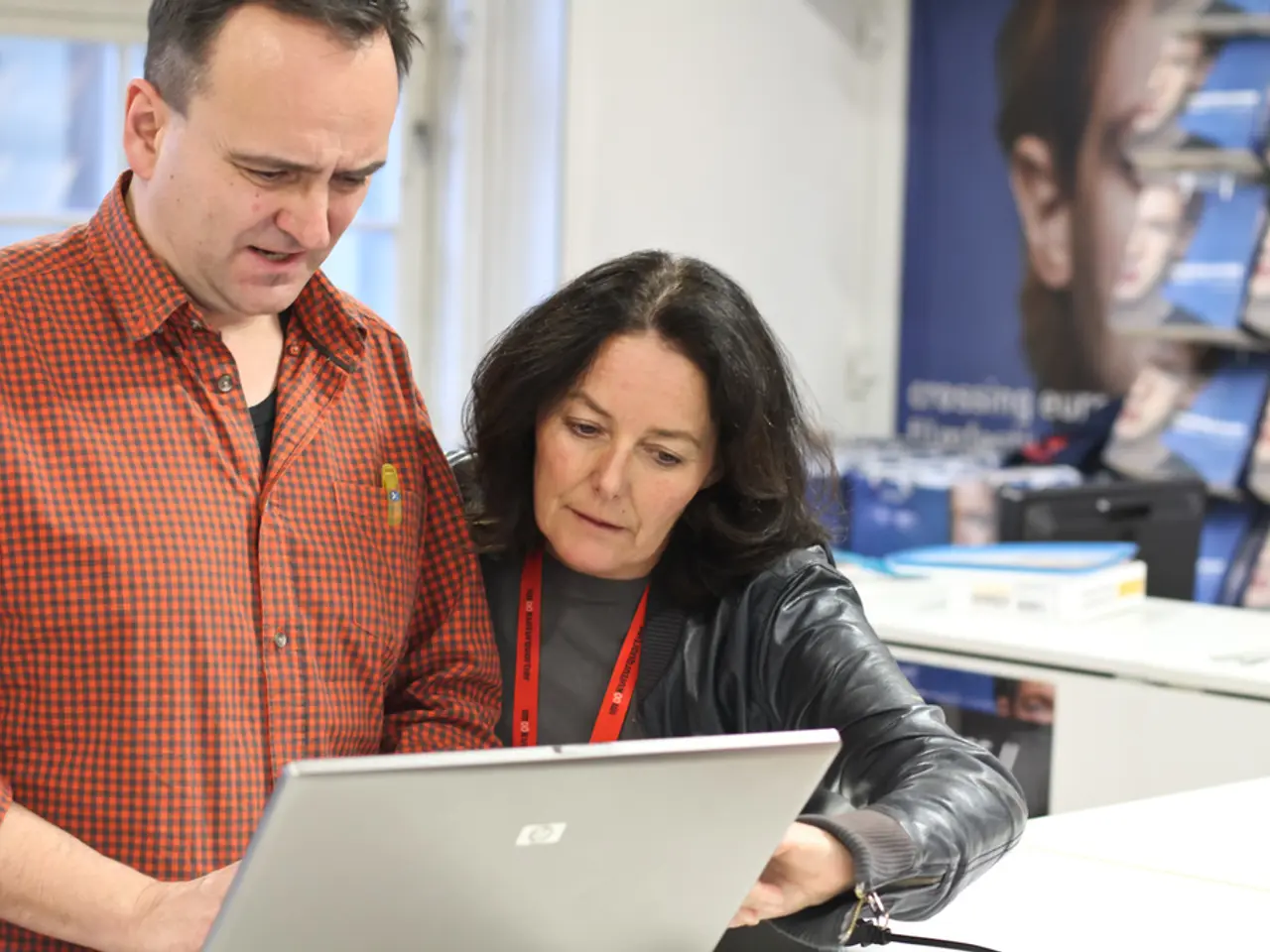The Bürgerbüro Isny is equipped with three stations from the Bundesdruckerei, the national printing office of Germany.
In the picturesque town of Isny, Germany, a significant shift towards modernization is underway as the Citizen's Office introduces digital submission for biometric passport photos as part of ID document applications. This move aims to simplify the process for applicants and administrative staff alike.
The Digital Transition
Citizens can now upload their biometric passport photo digitally when applying for passports or ID cards, eliminating the need for physical photo submissions and potentially speeding up processing times. To facilitate this, the Isny municipal administration has provided a secure online portal, guiding users through the photo upload process to ensure compliance with biometric standards.
Implementation Details
The portal verifies that submitted photos meet biometric requirements (proper size, background, quality, etc.) and automatically checks them using software to ensure compliance with biometric passport photo requirements. Successful submissions allow applicants to complete other parts of the application online or minimize in-person visits.
Challenges Ahead
While the digital photo submission initiative reflects a push towards modernization and convenience, it faces several challenges:
- Technical Barriers: Some citizens, particularly older or less tech-savvy individuals, face difficulties navigating the online system or do not have immediate access to suitable digital devices.
- Quality Control: Automatic verification tools sometimes reject photos for minor non-compliances or fail to detect subtle errors, leading to frustration and additional submissions.
- Data Privacy Concerns: Ensuring secure transmission and storage of sensitive biometric data is critical, requiring robust cybersecurity measures and clear communication to users about data protection.
- Integration with Existing Systems: Aligning the digital photo submission with the municipality's existing administrative workflows and legacy systems poses logistical and technical challenges.
- User Support: Demand for help via phone or in person increases as users encounter issues, creating resource strains for local administration staff.
Addressing the Challenges
The staff and citizens in Isny need some time and patience during this transition period. The initial closure day on Friday, 2nd June, due to issues with the functioning of the new terminals, has been resolved. No trial phase was planned for the new terminals, and the current delivery time of ID documents is not specified in the article.
Despite these challenges, Isny is ahead of the curve as not all administrations nationwide are equipped yet. Appointments are not necessary to apply for a new ID document or inquire about further details. The Citizen's Office in Isny remains open for applications and inquiries.
In the world of digital transformation, Isny's journey towards modernizing the passport photo submission process serves as a testament to the challenges and opportunities that come with innovation.
- Seeking a step forward in data-and-cloud-computing, the municipal administration in Isny is introducing a new feature that allows citizens to upload their biometric passport photos digitally, enhancing efficiency and easing the process for both applicants and administrative staff.
- As Isny embraces this digital shift, the town grapples with challenges such as ensuring accessible technology for all citizens, maintaining data privacy, and providing technical support to overcome user issues, illustrating the compelling complexities of technology integration in the public sector.




